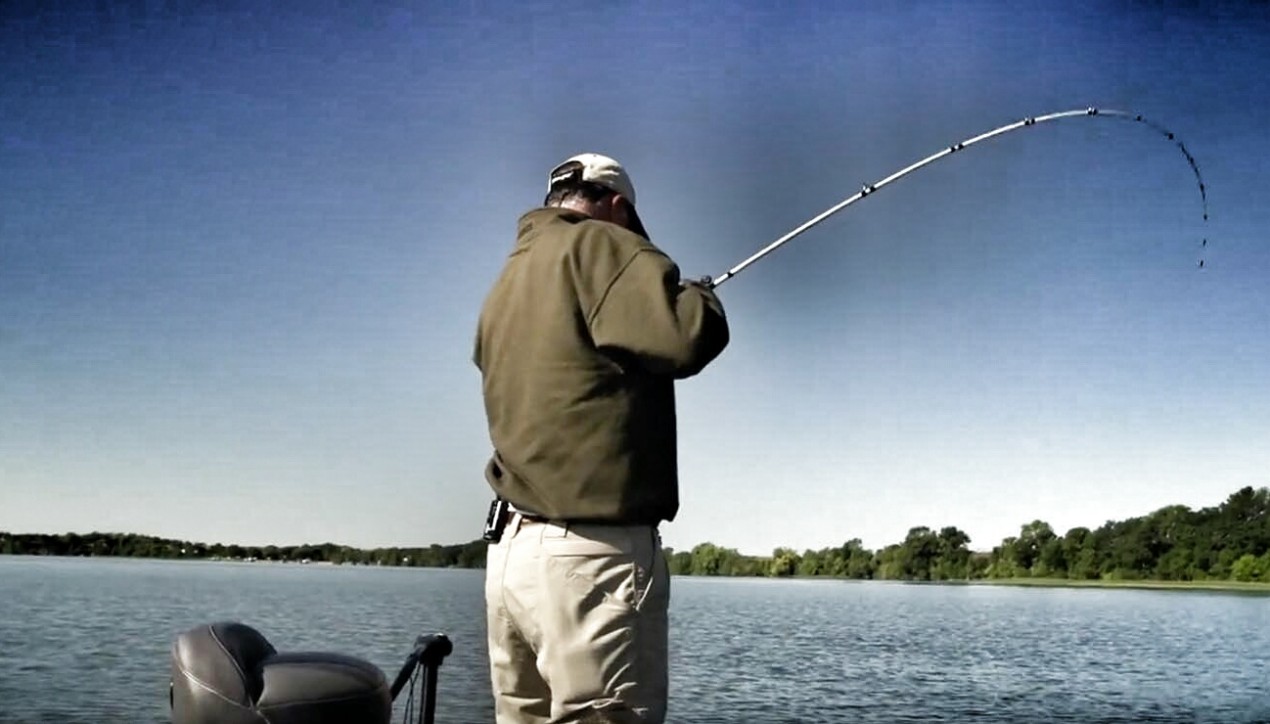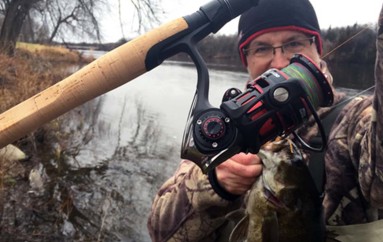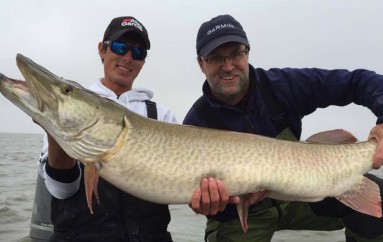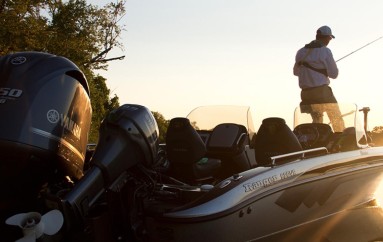
Importance of Strike Zones
The past few days have been a lesson in space. And time. And when I ignored either, the fish simply ignored me.
Want to catch more fish? Then understanding the true meaning of strike zones is a critical, as is applying that knowledge on the water.
About a week ago, I slid into a shallow back channel off the main lake. The channel was ringed by cattails on one side and houses/docks on the other. The water there was dark and the bottom a soft muck, there were some lily pads in places. The deepest water I found was just under 4 feet.
I was in the channel looking for crappie, which flock to these types of areas in the spring as they provide the warmest water in the lake and food. I started the afternoon throwing small tubes (Berkley Atomic Teasers) with 1/64-ounce head. I tipped the bait with a small minnow to further slow it fall, yet still be able to fish it fast enough to cover water. For 30 minutes, I fished without a bite.
So I slowed things down even more by adding a small pencil float to the line about 20 inches above the jig. On my first cast near a boat dock, the float slipped beneath the surface and I hooked my first fish of the day.
What happened? It was a classic example of the importance of understanding strike zone! In this case, the fish were hitting, but in that cold water they wanted a bait hovering in front of them long enough that they had time to slide up, look it over and eventually suck it in.
Last Saturday, I witnessed this exact thing again on a clear lake. We found hundreds of crappies (and some giant largemouths) holding in tiny pockets in pencil reeds in water just over a foot deep. The fish were spooky in the clear water, but if you made a good cast and brought the bait (tube/minnow) near them, hook-up were almost guaranteed–if you were using a bobber! I tried casting the baits to the fish and swimming it past them slowly. I even tried using a long rod to simply hold it in front of them (because the bobber often spooked fish on the cast), and in cases the fish ignored me. It was fascinating to watch.
Last night provided another lesson in the importance of strike zones. I planned to put a couple walleye in the fridge for dinner tonight, so I headed out at dark to fish a break line located not far from my dock. My daughter and friend had fished there earlier in the evening using slip floats and leeches without success, so I tied on crank and decided to cover water. I hooked and lost a fish just as the sunset, then landed a 16-incher. A few minutes later, at the end of a trolling pass, as I reeled the bait in quickly to reposition the boat another walleye smacked the bait on the way in!
The fact that that fish was so aggressive was telling…it had to chase the fact-moving bait several feet to catch it. Clearly, the fish were very active, so I adjusted my tactics accordingly. I trolled a bit faster to cover more water and within an hour hooked 6 walleyes, including an absolute stud that I lost at the boat.
I have no doubt that if I had fished the breakline with live bait last night I would have caught a fish or two, but I’m also certain the numbers landed would have been a fraction of what I did catch by taking advantage of the the expanded strike zone the fish offered last night.
Learning this lesson is a key to success that will serve you well with any species you fish.–Steve




